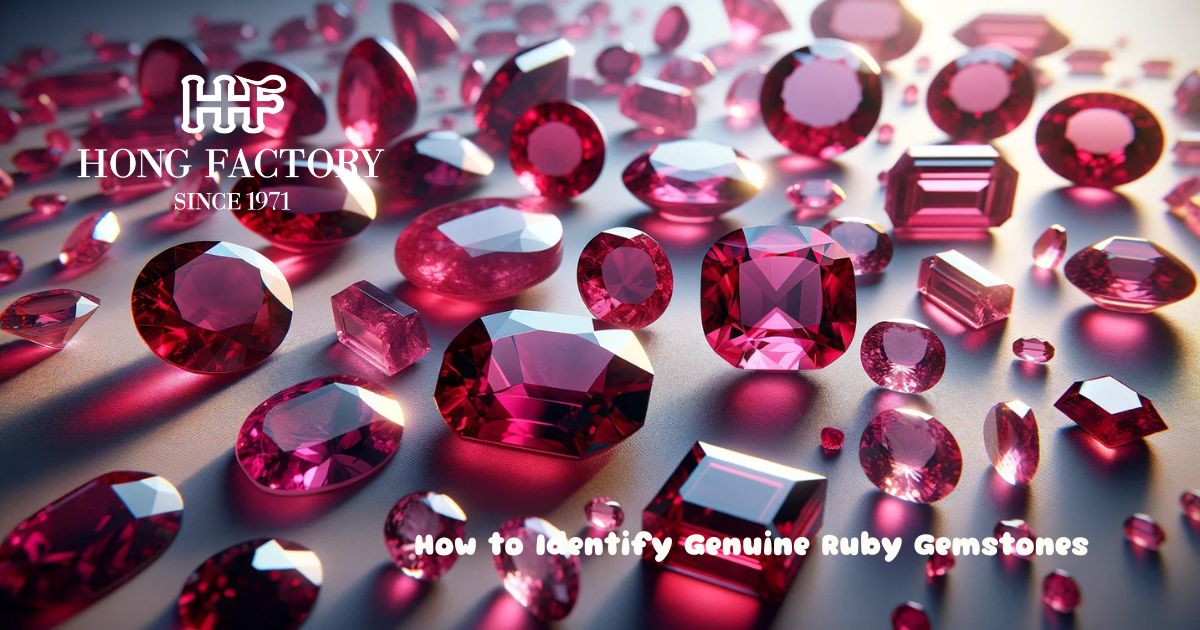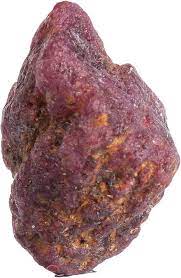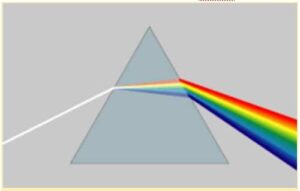How to Identify Genuine Ruby Gemstones
Rubies are among the most sought-after gemstones, symbolizing passion, power, and prosperity. However, due to their high value, they are often imitated or treated to enhance their appearance. Whether you are a collector, jeweler, or buyer, knowing how to identify a genuine ruby is crucial to avoid purchasing synthetic or treated stones. This article will guide you through the essential characteristics and methods to distinguish real rubies from fake ones.
How to Identify Genuine Ruby Gemstones

Physical and Chemical Properties of Rubies
Rubies belong to the corundum family, sharing their mineral composition with sapphires. Their striking red color comes from the presence of chromium. Below are some key properties:
- Chemical Formula: Al₂O₃ (Aluminum Oxide)
- Hardness: 9 on the Mohs scale
- Refractive Index: 1.762 – 1.770
- Specific Gravity: 3.97 – 4.05
- Luster: Vitreous
- Transparency: Transparent to translucent
Because of their hardness, rubies are highly durable and scratch-resistant, making them a preferred gemstone for jewelry.
Key Characteristics of Genuine Rubies
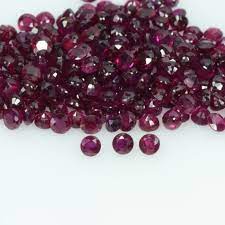
To identify a real ruby, consider the following aspects:
1. Color and Hue
A genuine ruby exhibits a deep, vivid red color, often referred to as “pigeon blood red.” The most valuable rubies have a pure red or slightly purplish-red hue, with even color distribution. If the stone appears too light or has an orange-brown tint, it may be an inferior or fake ruby.
2. Clarity and Inclusions
Natural rubies contain inclusions, which are small imperfections formed during the gem’s natural growth process. Common inclusions include:
- Silk Inclusions: Fine, needle-like inclusions that indicate natural formation.
- Fingerprint Inclusions: Resembling human fingerprints, these are natural identifying marks.
- Color Zoning: Uneven color distribution visible under magnification.
If a ruby appears too perfect and free of inclusions under magnification, it may be synthetic or glass-filled.
3. Hardness Test
Since rubies have a hardness of 9 on the Mohs scale, they are highly scratch-resistant. A simple test involves trying to scratch the surface with a knife or quartz crystal. A genuine ruby will not scratch easily, whereas a fake or softer gemstone will show marks.
4. UV Light Test
Under ultraviolet (UV) light, real rubies often exhibit a red fluorescence due to the presence of chromium. Synthetic rubies may also fluoresce, but if the stone does not show any reaction under UV light, it could be an imitation.
Common Fake Rubies and Imitations
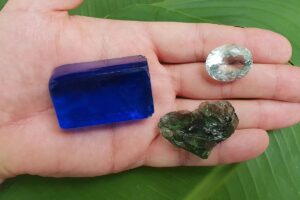
Fake rubies can be made from glass, composite stones, or synthetic materials. The most common ruby imitations include:
1. Glass Imitations
Glass-filled rubies are made by filling fractures in lower-quality stones with lead glass to improve clarity and color. These stones are fragile and may show air bubbles under magnification.
2. Synthetic Rubies
Laboratory-created rubies have the same chemical composition as natural rubies but are grown in controlled environments. While they are not fake, they lack the rarity and value of natural rubies. Methods for creating synthetic rubies include:
- Flame Fusion: Produces inexpensive, flawless synthetic rubies.
- Flux-Grown: Creates high-quality synthetic rubies with inclusions similar to natural stones.
3. Composite Rubies
Composite rubies are made by fusing natural ruby fragments with lead glass. These are often marketed as genuine rubies but are much weaker and prone to damage.
Professional Methods for Identifying Genuine Rubies

For absolute certainty, consider professional gemological testing. Here are some advanced methods:
1. Magnification and Loupe Examination
Using a jeweler’s loupe (10x magnification), professionals can identify inclusions, color zoning, and signs of treatment.
2. Refractive Index Test
A refractometer measures the refractive index of a stone. Natural rubies have a refractive index of 1.762 – 1.770. Any significant deviation suggests an imitation.
3. Spectroscope Analysis
A spectroscope can reveal the absorption spectrum of a ruby. Genuine rubies show characteristic absorption bands in the blue and yellow-green regions.
4. Heat Treatment Detection
Many rubies undergo heat treatment to enhance color and clarity. Gemologists use microscopes to check for melted inclusions and color alterations.
How to Buy a Genuine Ruby
To ensure you purchase a real ruby, follow these tips:
- Buy from Reputable Sellers: Purchase from certified jewelers or dealers who provide authenticity certificates.
- Request a Lab Report: Reputable gemological laboratories, such as GIA (Gemological Institute of America) or AGS (American Gem Society), offer certification.
- Compare Prices: If a ruby’s price seems too good to be true, it might be synthetic or treated.
- Inspect the Stone: Use magnification and light tests to check for inclusions and authenticity indicators.
Identifying a genuine ruby requires careful observation of its color, inclusions, hardness, and fluorescence. While some imitations can closely resemble real rubies, professional gemological testing provides the most reliable verification. Whether for investment or personal adornment, understanding how to differentiate real rubies from fakes ensures you make a valuable and informed purchase.
